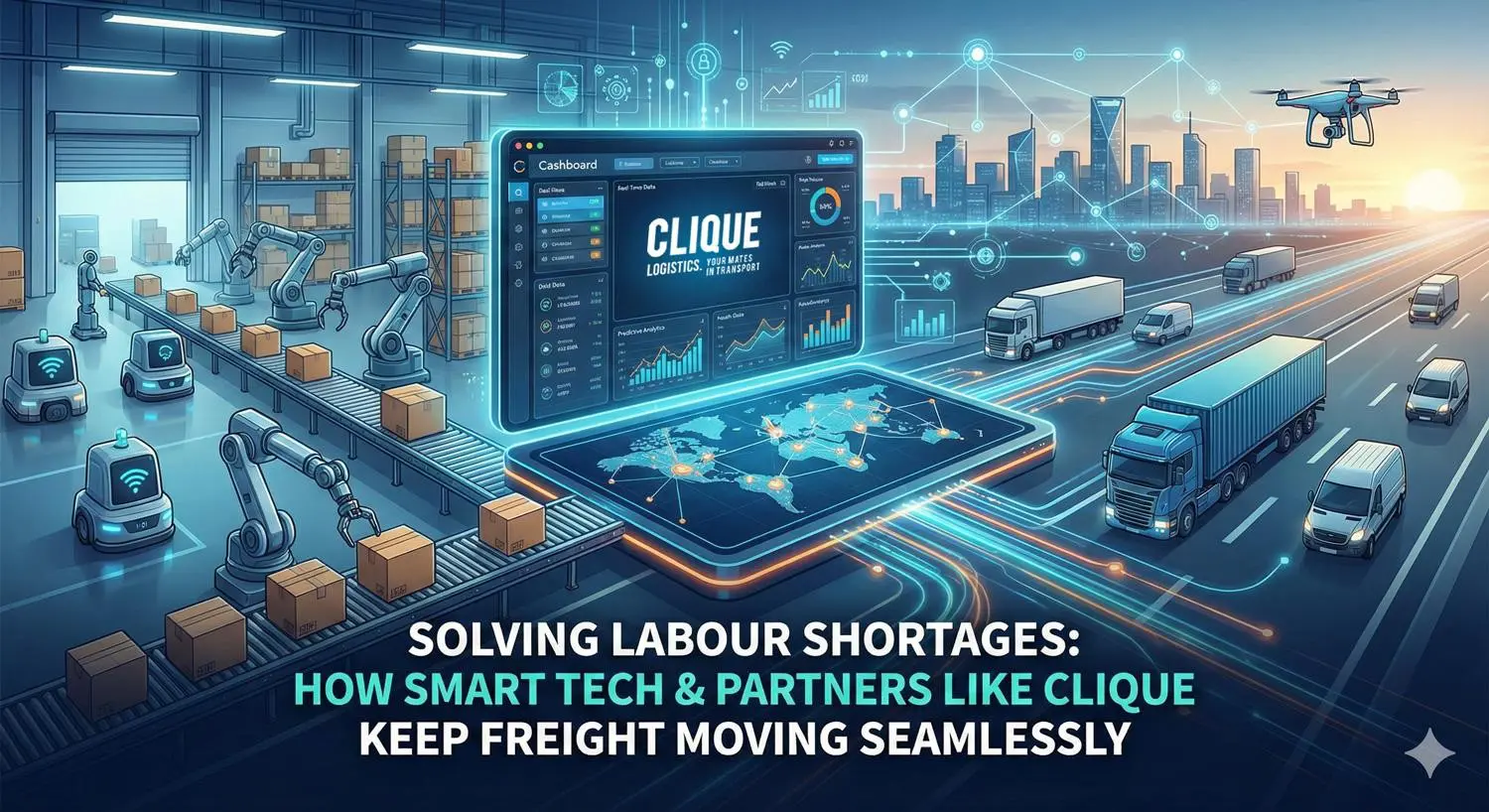A truly great returns process goes beyond just accepting products back; it’s about creating an experience that aligns with your customers’ needs, preferences, and expectations. To build a returns process that stands out, you need to understand your customers at a deeper level. This includes their preferred return methods, expectations for speed, and even their operational capabilities. Here are the key factors to consider when designing a returns process that meets the needs of your customers and enhances their experience with your brand.
Understand Your Customers’ Return Preferences
Every customer is different, and their preferred method of returning products can vary. Some customers might prefer the convenience of drop-off locations, where they can return items to a nearby warehouse or partner facility. Others may need a transport pick-up service, especially if they’re dealing with bulky or heavy items.
By understanding your customers’ preferences, you can offer multiple return options, such as:
- Drop-off Points: Convenient locations where customers can leave products for return.
- Pick-Up Services: A dedicated courier service that collects returns from the customer’s location.
Offering flexibility in return methods not only improves the customer experience but also reduces friction in the returns process. Understanding this preference ensures that you provide the most convenient and cost-effective option for each customer, making the return process seamless and hassle-free.
Choose the Right Transport Partners
The logistics side of returns is equally important. Your choice of transport company can make a big difference in the speed, cost, and reliability of the returns process. To ensure you’re offering the best possible service to your customers, it’s essential to:
- Know your transport options: Different types of goods and customer locations require different types of carriers. For example, bulky items may need specialised freight services, while smaller parcels can be handled by standard courier services.
- Partner with the right carriers: Work with reliable transport companies that can meet your delivery deadlines, manage returns efficiently, and handle goods with care. If you’re dealing with a high volume of returns, working with experienced logistics providers ensures that your customers can rely on fast, dependable returns.
By understanding your customers’ needs and the right transport companies for the job, you can tailor your returns process to be as efficient as possible, ensuring fast and cost-effective returns.
Set Realistic Expectations for Processing Time
One of the most common frustrations customers face during the returns process is uncertainty about how long it will take to process their return and issue a refund or replacement. Understanding your customers’ expectations around processing times is essential to keeping them satisfied.
When designing your returns process, consider the following:
- Communicate processing times: Make sure customers know exactly how long the return process will take. This includes the time it takes to receive the returned goods, inspect them, and issue a refund or exchange.
- Set realistic expectations: If certain returns require more inspection or restocking, be clear about those timelines. Transparency is key to building trust with your customers.
Providing clear and accurate information about processing times helps reduce customer anxiety and improves their overall experience, as they’ll know what to expect at every stage of the return process.
Understand Your Customers’ Operational Capabilities
For businesses that manage larger or bulkier returns, it’s important to understand your customers’ operational capabilities. This includes knowing whether they have the necessary infrastructure to manage the return process efficiently. For example:
- Forklift Availability: If customers are returning large items, do they have a forklift to help unload the goods? Understanding this helps determine whether you need to arrange for specialised handling services.
- Loading Areas: Does the customer have a designated area for receiving returns? If not, you might need to provide additional support for managing deliveries.
- Dispatch Points: If returns are coming from multiple locations, knowing where to collect and consolidate returned goods is key for optimising freight routes and ensuring returns are processed efficiently.
Understanding your customers’ operational setup allows you to tailor your logistics approach, ensuring that returns are handled smoothly from both a customer service and operational standpoint. It also helps you avoid delays and ensure that goods are returned and processed as quickly as possible.
Continuous Communication and Feedback
A great returns process is built on ongoing dialogue with your customers. By collecting feedback on their experiences with returns, you can refine the process over time. Understanding pain points, such as unclear instructions or slow processing times, allows you to make adjustments that improve the customer experience.
- Surveys and follow-ups: Send post-return surveys to gather feedback on what went well and where improvements can be made.
- Direct communication: Keep your customers informed throughout the returns process, from the moment the return is initiated to when their refund or replacement is issued.
Ongoing communication helps to manage expectations and reassures customers that you are committed to making the returns process as smooth as possible.
Conclusion
To create a truly great returns process, you need to understand the individual needs of your customers—whether that’s their preferred return method, their expectations for speed, or their operational capabilities. By tailoring your returns process to meet these needs, you can enhance the customer experience, improve brand reputation, and build long-term loyalty. Additionally, choosing the right  and setting realistic expectations for processing times ensures that the returns process remains efficient and cost-effective, benefiting both your business and your customers.
and setting realistic expectations for processing times ensures that the returns process remains efficient and cost-effective, benefiting both your business and your customers.





